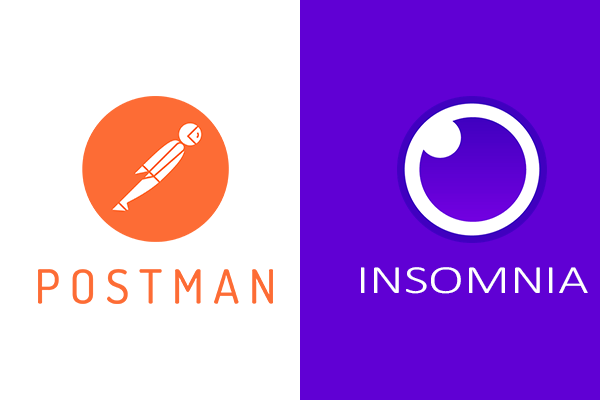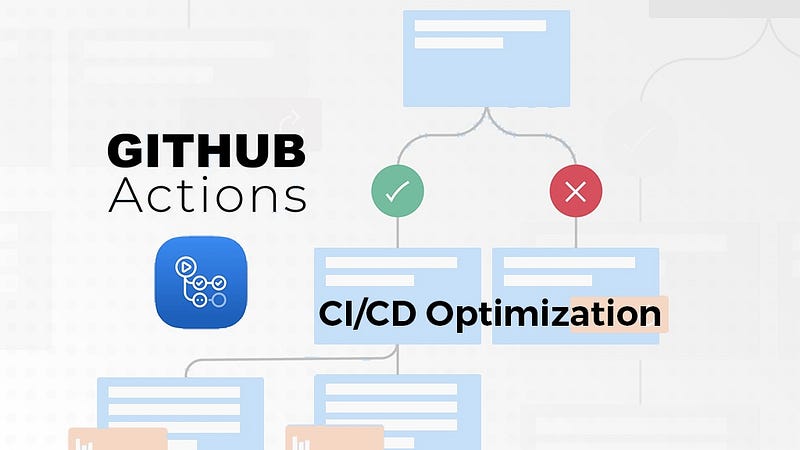Understanding the Differences Between Insomnia and Postman: Tools for Developers

Introduction
In the world of software development, having the right tools can make a significant difference in productivity and efficiency. Two popular tools often used by developers are Insomnia and Postman.
While both tools serve a similar purpose in helping developers test APIs, they have distinct features and use cases. In this article, we'll explore the differences between Insomnia and Postman, shedding light on their unique strengths and functionalities.
Insomnia: A Comprehensive API Testing Tool
Insomnia is a robust and open-source API testing tool that enables developers to design, debug, and test APIs seamlessly. Here are some key characteristics of Insomnia:
- Platform Availability: Insomnia is available as a cross-platform application, which means it can be used on Windows, macOS, and Linux, making it accessible to a wide range of developers.
- User-Friendly Interface: Insomnia offers an intuitive user interface that allows developers to create and organize API requests, making it easy to manage complex API testing scenarios.
- Environment and Variables: Insomnia provides support for managing multiple environments and variables, which is incredibly useful when working with APIs that have different configurations for development, testing, and production.
- Code Generation: It allows developers to generate code snippets in various programming languages directly from API requests, simplifying the process of integrating APIs into applications.
- Plugin System: Insomnia features a plugin system that allows users to extend its functionality. This means developers can create custom plugins to cater to specific needs.
- Workspaces: Developers can organize their API projects into workspaces, making it convenient to collaborate with team members on API design and testing.
Postman: The API Development and Testing Ecosystem
Postman is another popular API development and testing tool that offers a comprehensive ecosystem for developers. Here are some of its distinguishing features:
- API Design: Postman allows developers to design and document APIs, making it a valuable tool for creating and sharing API specifications.
- Collections: Postman collections enable users to organize API requests, tests, and scripts into folders, simplifying the management of complex workflows.
- Automated Testing: Postman provides a robust testing framework that allows developers to create automated tests for APIs, ensuring consistent and reliable testing procedures.
- Collaboration: Postman offers features for team collaboration, including the ability to share collections and collaborate on API development and testing within the tool.
- Monitoring and Mocking: Postman offers monitoring and mocking services, allowing developers to monitor API performance and create mock APIs for testing before the actual API is developed.
- Environment Variables: Similar to Insomnia, Postman supports environment variables, which are essential for managing different API environments.
Choosing the Right Tool
The choice between Insomnia and Postman largely depends on your specific needs and preferences:
- Insomnia is an excellent choice if you primarily need a powerful and user-friendly tool for API testing and prefer a desktop application. It's ideal for developers who want a straightforward yet feature-rich solution for testing APIs.
- Postman is a more extensive ecosystem, catering not only to API testing but also to API design, documentation, and monitoring. It's an excellent choice for teams that need a comprehensive toolset for the entire API development lifecycle.
It's also worth noting that both tools have free versions with limited features, making it easy to try them out before deciding which one best fits your requirements.
Conclusion
Insomnia and Postman are two valuable tools in a developer's toolkit, each with its own strengths and capabilities. Insomnia excels as a straightforward, user-friendly API testing tool, while Postman offers a broader ecosystem for API development, testing, and collaboration. Understanding the differences between these tools will help you make an informed choice based on your specific project needs and workflow preferences. Ultimately, both tools serve the critical purpose of simplifying API development and testing, contributing to smoother and more efficient software development processes.


